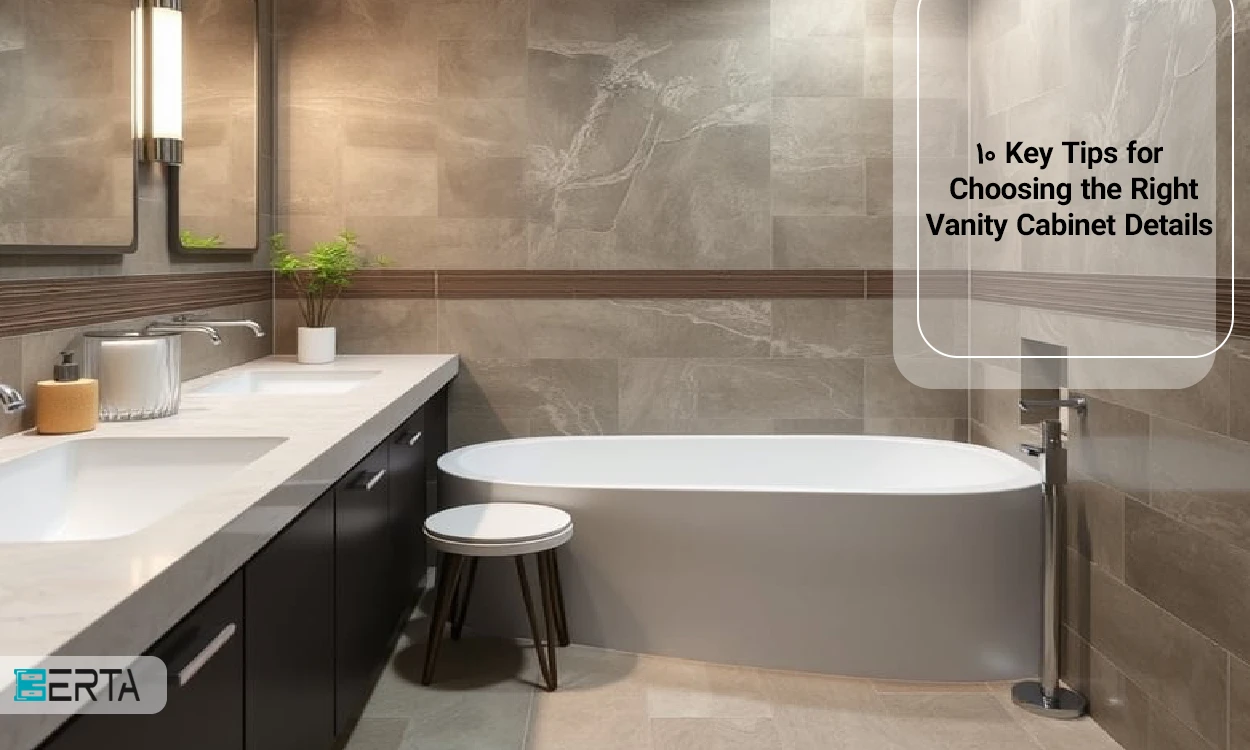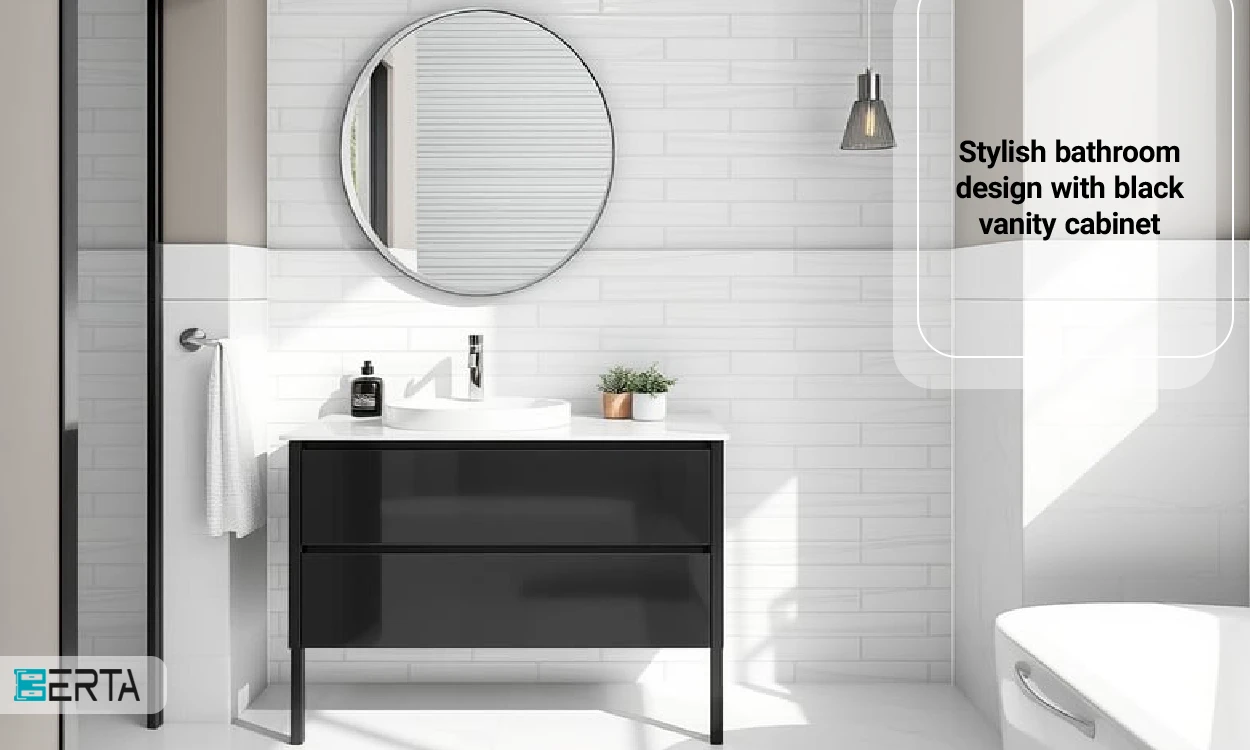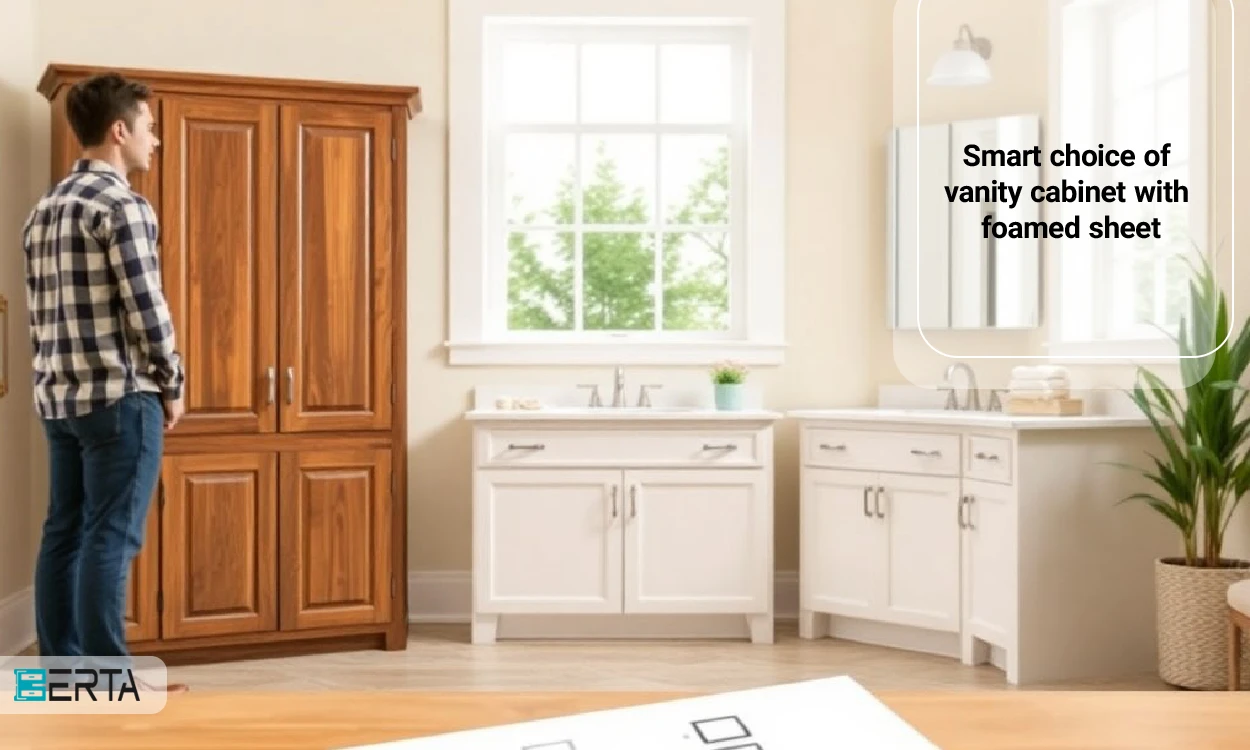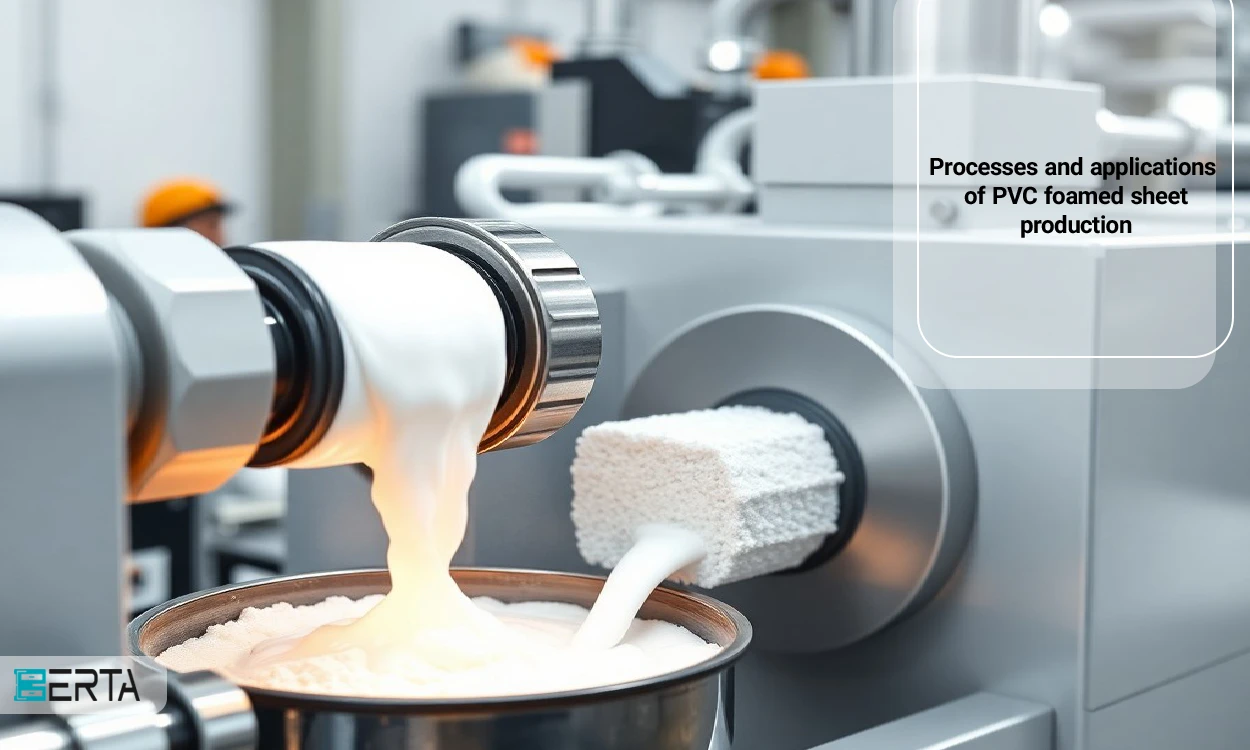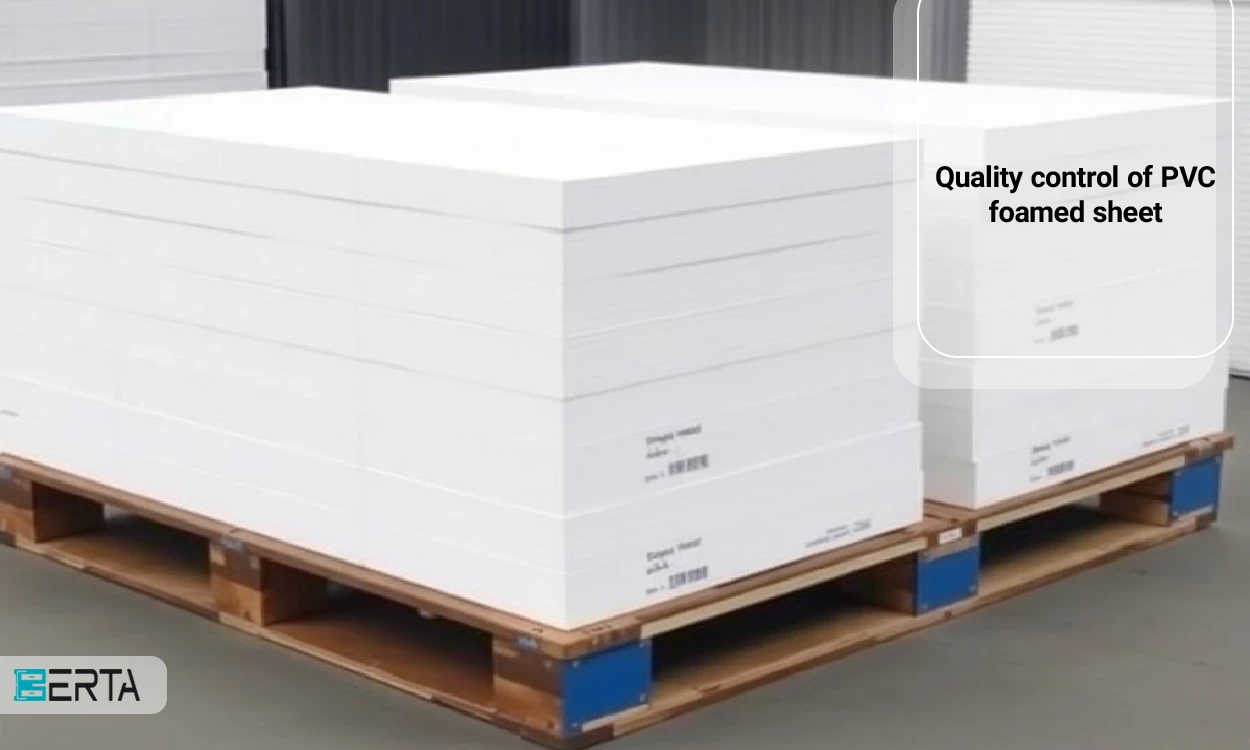There are still people who are tired of splashing water out of the sink and washboard while washing and may even lose their peace due to obsession. But with the advancement of technology and new possibilities that are constantly available, we are led to a life without problems and full of peace. One such useful feature is Perlator. This small and efficient device allows you to easily wash the sink in just a few seconds and no longer worry about water splashing from the sink. By using the perlator, the water flow is regulated in a uniform and controlled manner, which not only prevents water wastage but also makes you more relaxed while washing. In this article, we talk about the importance of Perlator and its types so you can choose based on your needs.
Definition of perlator and its importance in faucet
A perlator is a small device that is usually installed at the end of a faucet. This piece is mainly composed of a mesh network whose task is to mix water with air. With this, the operator adjusts the water flow and gives it more volume without increasing water consumption. This device is usually used in the sink, bathroom, and kitchen.
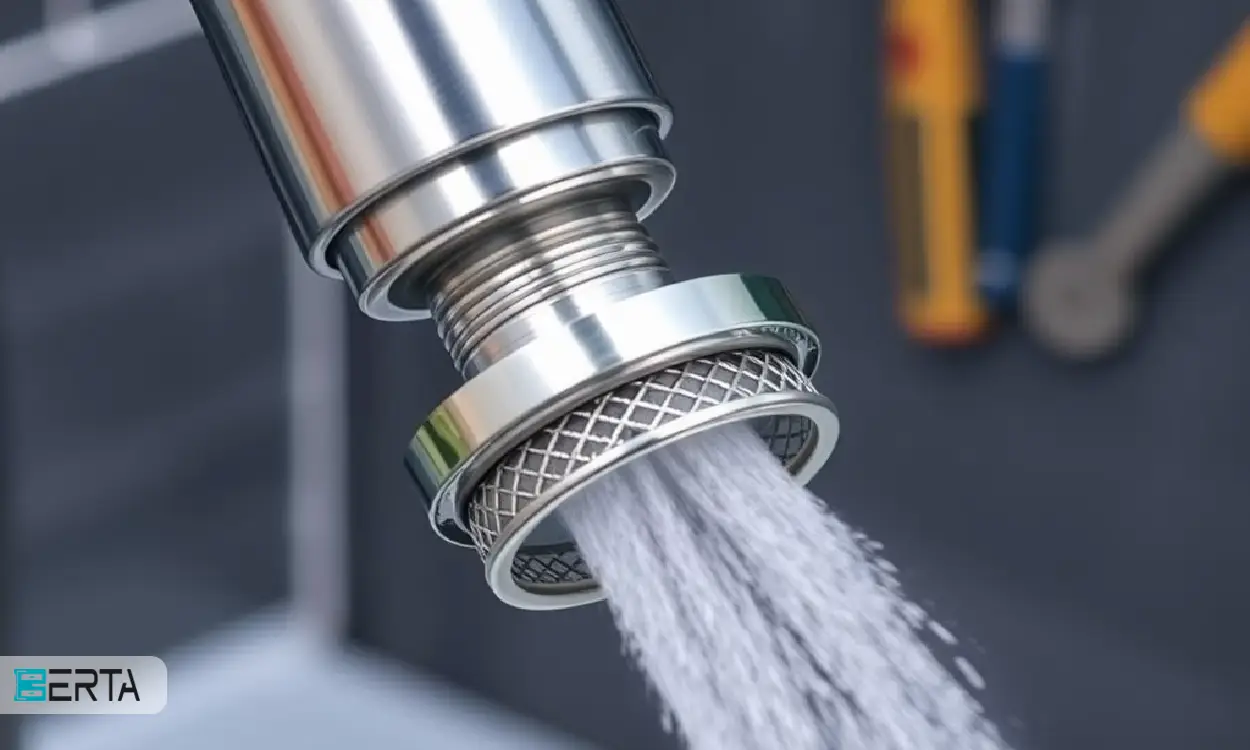
Advantages of using a perlator faucet
As a simple and efficient tool, the faucet aerator has several advantages that help improve efficiency and save water. In the following, we will examine the three main advantages of using Perlator:
1- Reducing water consumption
The aerator reduces the volume of water coming out of the tap by adjusting the water flow and its aeration. This reduction in water volume means saving water. By using a perlator, you can save up to 50% of water consumption, without feeling the lack of water when using the faucet. This not only helps in reducing water costs but also helps in conserving water resources.
2- Increasing water pressure
One of the interesting features of the operator is that it can increase the water pressure. The operator helps increase the pressure sensation by creating air bubbles in the water flow. This increase in pressure makes the water come out with more force and improves the efficiency of the faucet. In this way, users can have a better experience of using faucets, especially in cases that require quick washing or spraying.
3- Avoid splashing water
Perlators are designed to prevent splashing and splashing. By adjusting the flow of water and creating a uniform pattern, the aerator makes the water flow more directly and accurately from the faucet. This feature is especially useful in places where there is a need to use water carefully (such as a kitchen sink or toilet). Preventing water splashing not only helps to reduce water wastage but also helps to maintain the cleanliness and hygiene of the environment.
Types of predators
Perlators are key tools in sanitary and construction faucets that help improve the quality and efficiency of water flow. In the following, we will introduce different types of perlators and the unique features of each one:
1- Air perlator
This type of perlator is considered one of the most original and widely used perlators. Its task is to combine water with air, which leads to the production of tiny bubbles. These bubbles make the outgoing water look more voluminous and lighter in color. The water produced by this perlator is soft and gentle and provides a comfortable experience for the user.
2- Laminar perlator
The laminar or slow-flow aerator is designed to remove water directly from the tap without mixing with air. This type of perlator is very efficient in places where high water pressure is not needed and is usually used in bathroom faucets. The flow of water from this perlator is smooth and gentle.
3- Spraying perlator
This operator is specifically designed to produce strong, high-pressure water flow. It is usually used in bathroom showers and some kitchen faucets to wash fruits and vegetables. This type of perlator allows the user to receive water more intensively.
4- Rain sprinkler perlator
The rain sprinkler aerator is similar to the previous type, but with more outlets that eject water in a high-pressure, diffused manner. This design gives the user the feeling of rain and creates a pleasant experience.
5- Perlator Mikado
Due to its special design, this type of perlator removes water from the faucet in a rhombus shape with an attractive appearance. Mikado perlator is usually used in smart and eye faucets and gives a special beauty to the faucets.
6- Coin Perlator
The coin perlator is designed in such a way that it can be easily opened and closed by using a coin. This feature allows users to do cleaning or descaling without the need for special tools.
7- anti-sediment perlator
This type of aerator is designed in such a way that it prevents the accumulation of sediments and is easily cleaned by hand rubbing. The use of special materials in the design of this perlator ensures that the flow of water is optimal and unobstructed.
8- atomizing perlator
An atomizing perlator is one of the special types of perlators that can make water droplets small enough to be sprayed into a powder. This type of perlator can save water consumption, but due to the powder form of the output water, it is less used in the faucet industry.
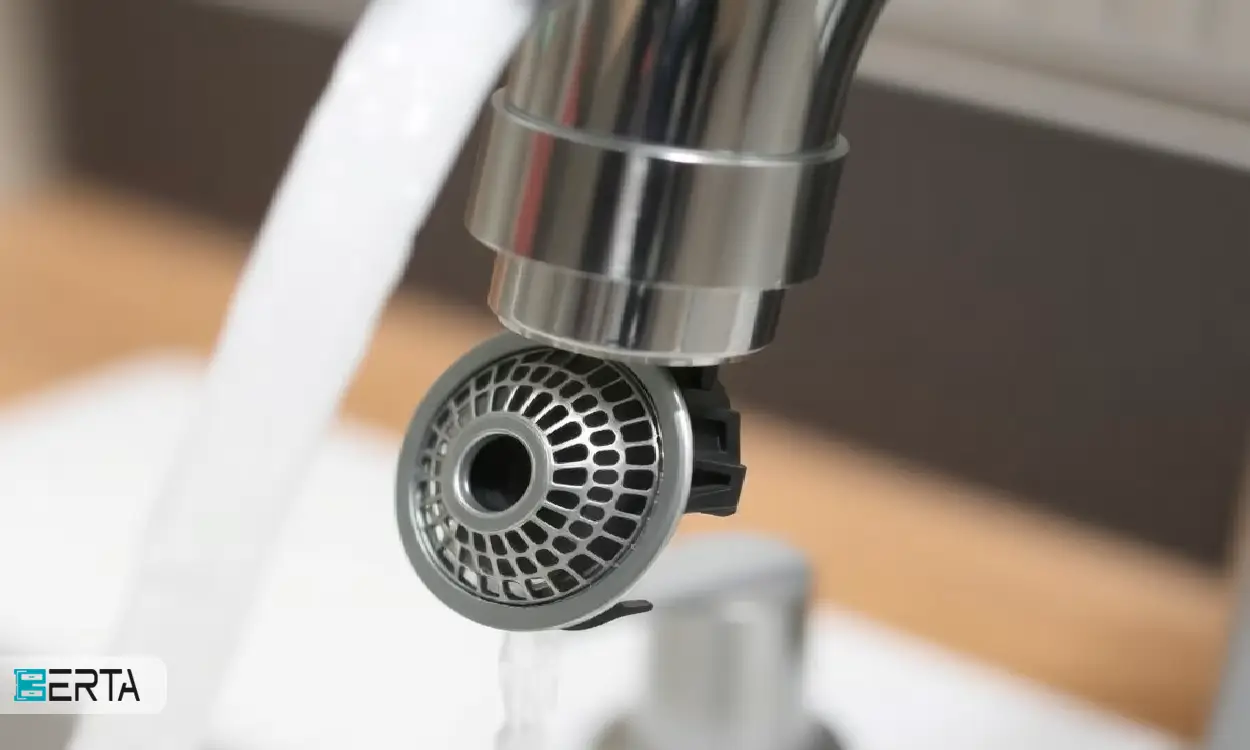
Perlator maintenance and cleaning tips
1- Regular check: Check the perlator regularly to make sure it is working properly. If you notice a leak or a drop in water pressure, it may need to be cleaned or replaced.
2- Cleaning the perlator: To clean the perlator, first remove it from the faucet. Then wash it with warm water and soap or a solution of vinegar and water to remove deposits and impurities. Don't forget to use a soft brush to clean the inside.
3- Prevention of sedimentation: In areas with high water hardness, the probability of sedimentation in the perlator is higher. Using water filters can help reduce this problem.
4- Replacement if necessary: If the perlator is damaged or worn, it is better to replace it. This helps maintain the efficiency of the faucets and prevent water wastage.
5- Sealing: If needed, use sealing tape to prevent leakage at the connection point of the perlator to the valve.
Factors affecting the price of Perlator
Perlators as one of the important components of faucets are produced in different types and their price depends on various factors. Here we examine the factors affecting the price of Perlator and its usual price range.
- Type of perlator: Fixed perlators are usually less expensive than adjustable perlators. This difference is due to the design and additional features of the adjustable precipitators.
- Type and quality of material: The type of material used in making the perlator also has a significant effect on its price. Predators made of high-quality materials resistant to corrosion and sediment are usually more expensive.
- Brand: The manufacturer's brand is also one of the important factors in determining the price. Reputable and well-known brands usually have a higher price, but they also offer better quality and after-sales service.
- Additional features: Some operators have special features such as flow adjustment, anti-sediment filters, or special designs that can increase their price.
- Place of purchase: Prices may vary depending on the place of purchase and the type of store (online or physical stores). Also, discounts and special offers can affect the price.
Price range of perlators
The price of perlators is usually between 20,000 and 200,000 tomans. Simple, fixed operators are usually at the lower end of the range, while high-quality, adjustable operators may command higher prices.
conclusion
A perlator is an effective tool in faucets that adjusts the flow of water by combining water and air and increases its volume without increasing water consumption. This device helps to reduce water consumption, increase water pressure, and prevent it from splashing. Using a perlator not only helps to save money but also has an impact on preserving water resources and improving the environment. Considering the many benefits of Perlator, choosing it can be an effective step towards improving the quality of life and protecting natural resources.




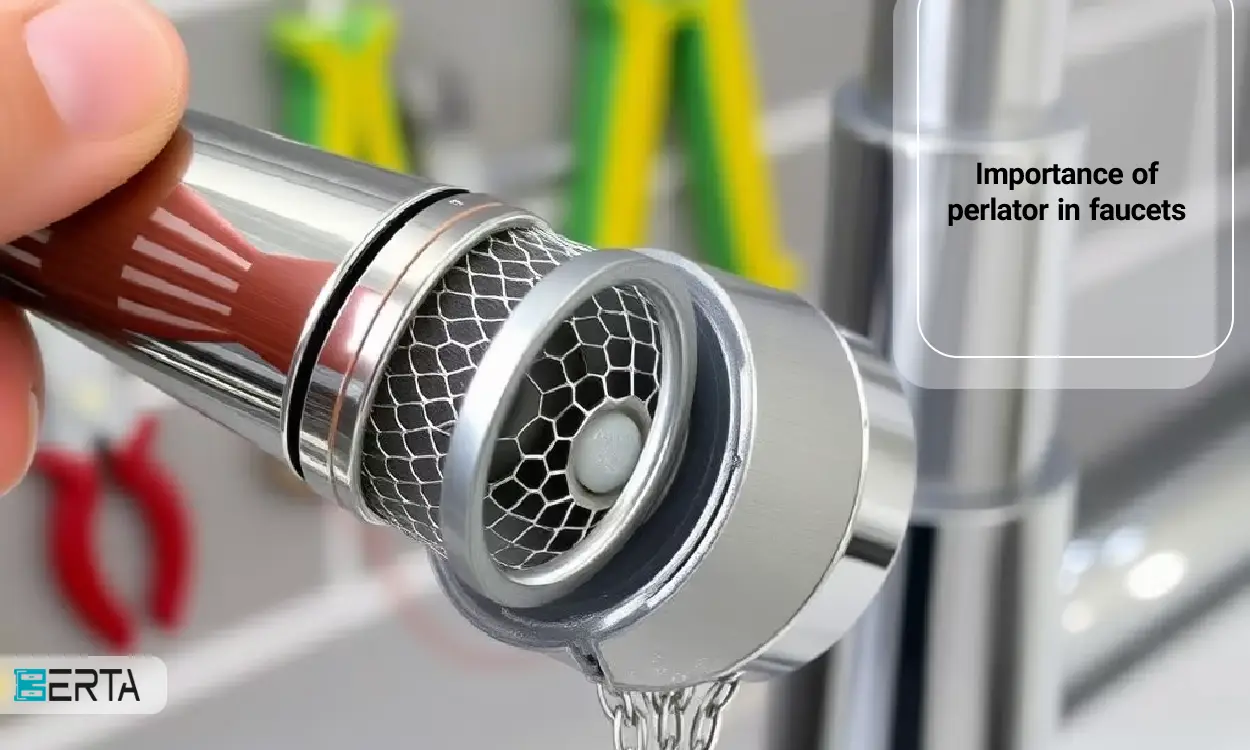
17938.jpg)
 Whatsapp
Whatsapp  Telegram
Telegram 

